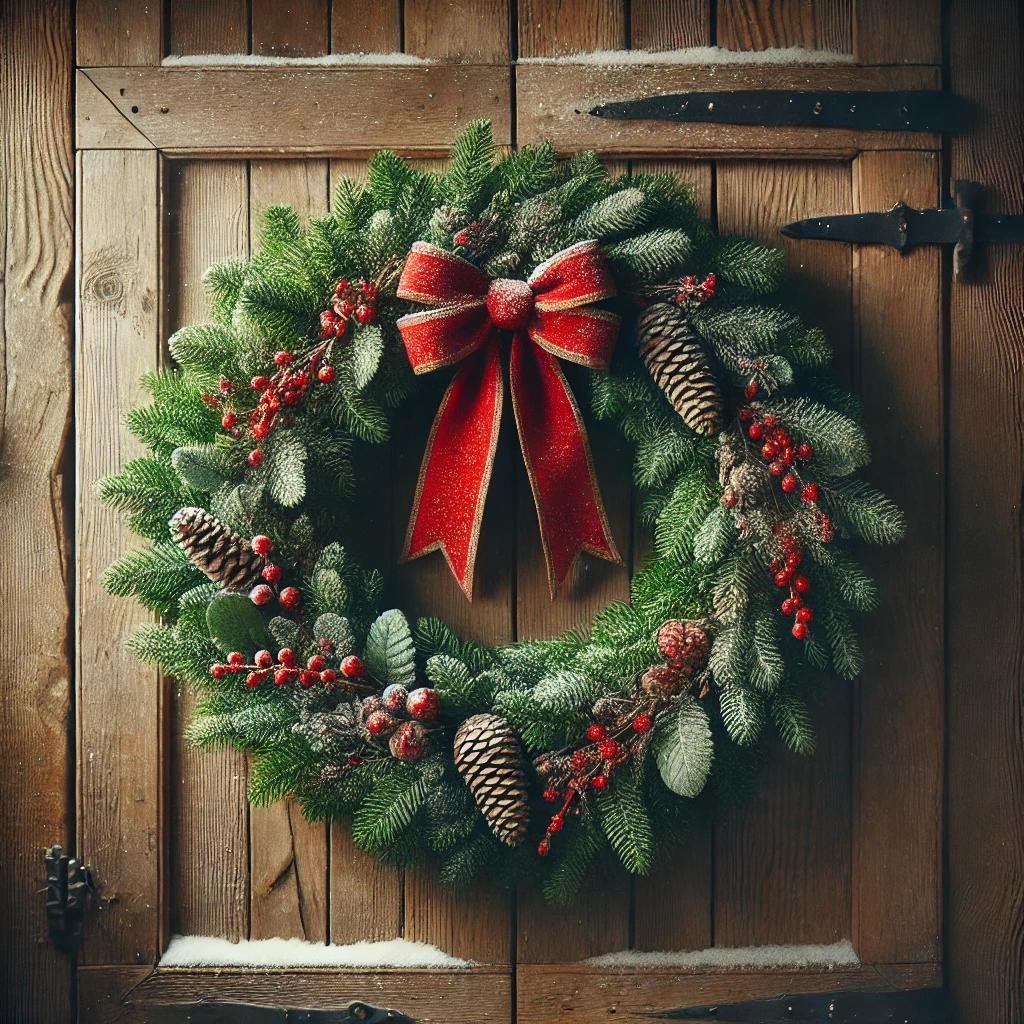Another Banner Year!
This time of year is perfect for reflection, and I want to give a huge shoutout to our Customers, OEMs, MMRs, installers, and all our partners. A special thank you goes to the Summit team for rising to the challenge as we continue to grow by leaps and bounds. This has been another banner year, and I couldn’t be more grateful to everyone!
We have made great strides in training more installers at our facility. This past quarter, we completed two notable projects: an automated tilt-up system for a large 5’ x 10’ door and two automated vertical lifts. Both turned out fantastic!
Looking ahead, we’re thrilled about several new systems scheduled for release next quarter. We’re also gearing up for the IBS at the end of February, where many of our systems will be on display. Stay tuned for more exciting updates!
Merry Christmas, Happy Holidays, and Happy New Year to all!

Come See Us at IBS
Many of our systems will be on display at the world’s best window and door manufacturers!

The History of Wreaths on Doors for Christmas
Wreaths have become a beloved symbol of Christmas, adorning front doors around the world each December. How did this tradition begin, and what cultural influences throughout history have shaped the modern Christmas wreath?
Ancient Roots: The Wreath’s Early Symbolism
The history of wreaths dates back thousands of years, well before they became associated with Christmas. The word “wreath” itself is derived from the Old English word wreth, meaning something that is twisted or woven. In ancient cultures, wreaths were often made from leaves, flowers, or vines, and they were symbolic of various concepts such as victory, honor, and eternity.
In Ancient Greece and Rome, wreaths were worn as crowns by gods, athletes, and military leaders. Laurel wreaths, in particular, were associated with triumph and achievement. The circular shape of the wreath, with no beginning or end, symbolized eternity, continuity, and the cyclical nature of life.

The Advent of Christianity and Pagan Traditions
As Christianity spread across Europe, many pre-Christian traditions were incorporated into religious practices. The wreath’s circular shape, which represents eternal life, became a symbol for Christ. In the early Christian tradition, wreaths began to be used as decorations during Advent, the four-week period leading up to Christmas.
However, the custom of using evergreen wreaths had its origins in pre-Christian pagan traditions. Evergreens, such as holly, ivy, and fir, were highly regarded by the ancient Celts and Germanic tribes because they retained their leaves throughout the harsh winter. These plants were believed to have magical powers that protected against evil spirits and ensured the return of spring.
Christmas Wreath Takes Shape
By the 16th century, the modern Christmas wreath began to take shape. In Germany, Advent wreaths became an integral part of the holiday season. These wreaths were traditionally made of fir or pine branches and had four candles, one for each week of Advent. The wreath was placed on a table or hung on a door, with each candle lit progressively as the days to Christmas drew closer.
It was not until the 19th century, however, that wreaths began to appear on doors as a more prominent symbol of Christmas. In the United States, the German immigrants brought their customs, including the Advent wreath, and it began to influence wider American holiday traditions.
The Rise of the Door Wreath
By the late 19th century, wreaths started to appear more frequently on front doors, not just as part of church ceremonies but as decorations for private homes. The trend was particularly popular in the United States and Europe, where the wreath was no longer just an Advent symbol but a full-fledged part of Christmas decor. While many still used natural materials like pine, fir, and holly, the advent of mass-produced wreaths made from artificial materials made it more accessible to a wider range of people. In some countries, wreaths were adorned with red ribbons, pinecones, or berries; while in others, they were decorated with candles, bells, or bows. The colors red, green, and gold became increasingly associated with Christmas wreaths, symbolizing festivity, life, and the gifts of the season.
The Wreath as a Symbol of Welcome and Celebration
In modern times, wreaths are no longer restricted to natural greenery. Artificial wreaths made from materials like plastic, silk, and fabric offer a wider variety of colors, shapes, and sizes. In addition to traditional green wreaths, you can now find wreaths made from everything from grapevines to feathers, with decorations ranging from simple bows to elaborate light displays. The possibilities are endless, allowing people to express their personal style and creativity through this timeless decoration.
Conclusion
The tradition of hanging wreaths on doors during Christmas is deeply rooted in history, blending ancient symbols of victory, eternity, and protection with Christian ideals of hope and renewal. What began as a practice linked to religious observance and seasonal rituals has transformed into a widespread symbol of Christmas cheer and hospitality. Whether adorned with holly, pinecones, or ribbon, the wreath remains a beloved and enduring decoration that brings warmth and festivity to our homes during the holiday season.
Do you adorn your front door with a wreath? Did you know the history and meaning behind doing so? Whether your front door features a wreath, other holiday décor, or no décor at all, we wish you a happy, healthy holiday season!




